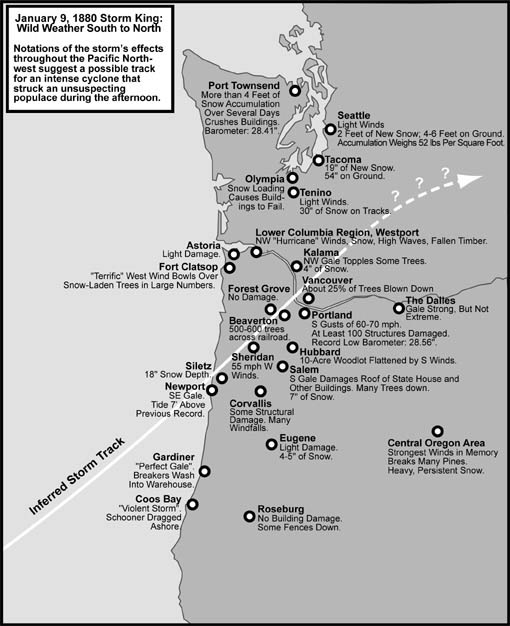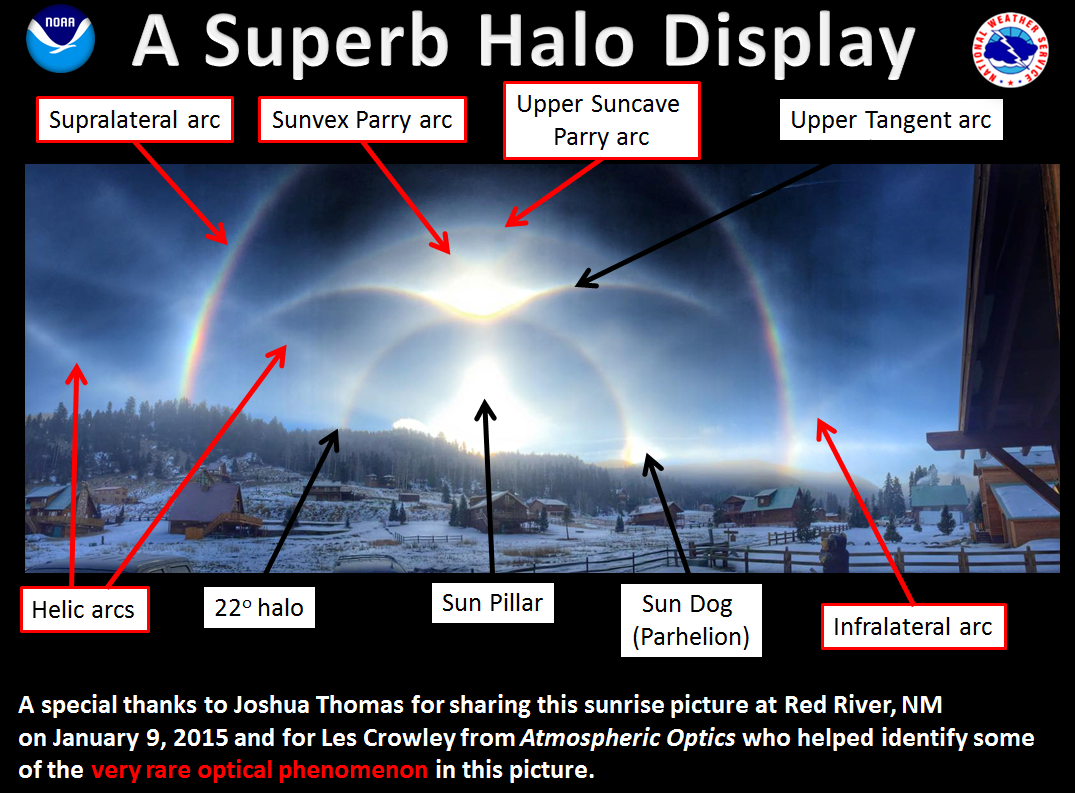Weather History - January 9th
Local and Regional Events:
January 9, 1982:
Winds of 20 to 40 mph accompanied by 1 to 3 inches of snow created ground blizzard conditions and extreme wind chills from the 9th through mid-afternoon on the 12th. There were two deaths from the exposure attributed to the storm, including a 69-year old Scotland woman and a woman from Veblen in Marshall County. Both tried to walk after their vehicles stalled. Near zero visibilities and snowdrifts to 5 feet high forced closures of numerous highways. Also, minor power outages were reported.
January 9, 1997:
A powerful Alberta Clipper and a deep Arctic High brought widespread and prolonged blizzard conditions, heavy drifting snow, and dangerous wind chills of 40 to 80 below to central and northeast South Dakota and west-central Minnesota. North winds were from 30 to 50 mph gusting to 60 mph. The clipper dropped from 2 to 7 inches of snowfall on top of an already solid 2 to the 5-foot snowpack. As with previous storms, most roads again became blocked by huge snowdrifts. As a result of the blockage and the blizzard conditions, both Interstates 29 and 90 closed along with all state highways leaving hundreds of people stranded to wait out the storm. This winter has been the worst for road closings. Many people became stuck in snowdrifts or went off the road because of low visibility and had to be rescued. One dramatic rescue near Webster, involving tens of rescue workers, occurred after a woman was stranded in her vehicle for nearly 40 hours. A couple with a one-year-old was rescued after spending a night in their car, and they were unharmed. A Wakpala woman died from carbon monoxide poisoning in her stalled pickup on Highway 1806 near Wakpala. Emergency personnel had a tough time responding to emergencies. Some emergencies took up to several hours to go short distances. A rural Leola man died when emergency workers could not get to him in time. In McLaughlin, seven people had to be taken by air ambulance because there was no way out.
All area schools were closed on the 9th and 10th, with most schools at this point in the winter season missing over 7 days. A state record was set when Faulkton School had closed for its 13th day. Mail was delayed, and area airports had flight delays or were closed. Many businesses were also closed and were suffering from economic losses due to this storm and previous storms because customers could not get to them. Many grocery stores ran low or out of bread, milk, and other food necessities. There were some power outages across the area, but they were not widespread. The power was out at Isabel, Timber Lake, and Firesteel for as much as 8 hours. The power outage in Isabel resulted in extensive water pipe breaks at the Isabel School. Willow Lake was without power for over 2 days. Some homes across the area were also without heat for several days in the bitter cold. The majority of ranchers were unable to access feed for cattle, sheep, and hogs. As a result of the extreme conditions and lack of food, over fifty thousand livestock died. Also, many livestock suffered frostbite and were significantly weakened. There was also a lot of wildlife and pheasants killed. As a result, the Emergency Feed Grain Donation Program was activated for the ranchers. One rancher said that he had been ranching in this area for 34 years and had never lost cattle before. Also, some dairy farmers had to dump their milk because trucks could not get them in time.
Some people were trapped in their homes for up to several days as snowdrifts buried their homes and blocked the roads, with some people having to crawl out their windows. In Wilmot, a 12-foot drift covered the community home, where residents had to turn the lights on during the day. As a result of snow removal budget depletions and other storm damages, President Clinton declared all of the counties a disaster area. Snowplows from Iowa, Nebraska, and plows and workforce from the South Dakota National Guard helped break through hundreds of roads. The snowdrifts in some places were packed so hard and were measured at 300 pounds per square inch. Some longtime residents said this had been the worst winter they had seen in their lifetimes. The total damage estimate for this January blizzard and the previous January winter storm is 50 million dollars. This includes the added snow removal costs, livestock losses, building damages, and other economic losses.
U.S.A and Global Events for January 9th:
1880: A rapidly deepening low-pressure system produced powerful winds along the Pacific Northwest coast. While wind measurements were limited, there were widespread reports of wind damage. Click HERE for more information from the Office of Washington State Climatologist.

2006: With cold air sweeping in from the Himalayas, New Delhi reports frost for the first time in 70 years with a low temperature of 0.2°C (32.3°F). The cold prompted officials to order all schools to close for three days. Click HERE for more information from CBCNews.
2015: The halo picture below was taken by Texan Joshua Thomas in Red River, New Mexico. Click HERE for the Facebook post by the NWS Office in Amarillo, Texas.

Click HERE for more This Day in Weather History from the Southeast Regional Climate Center.